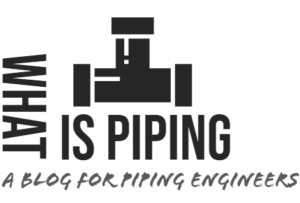What is Petroleum Refining? Crude Oil Refining Process Steps
Petroleum refining is a complex process that transforms crude oil into valuable products like gasoline, diesel, jet fuel, heating oil, and various petrochemicals. This article will delve into the...
